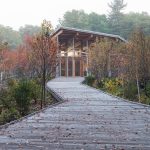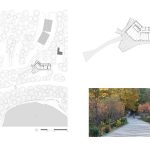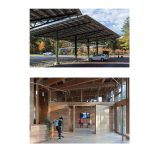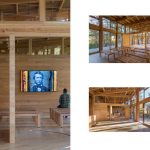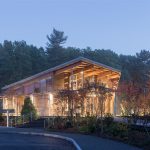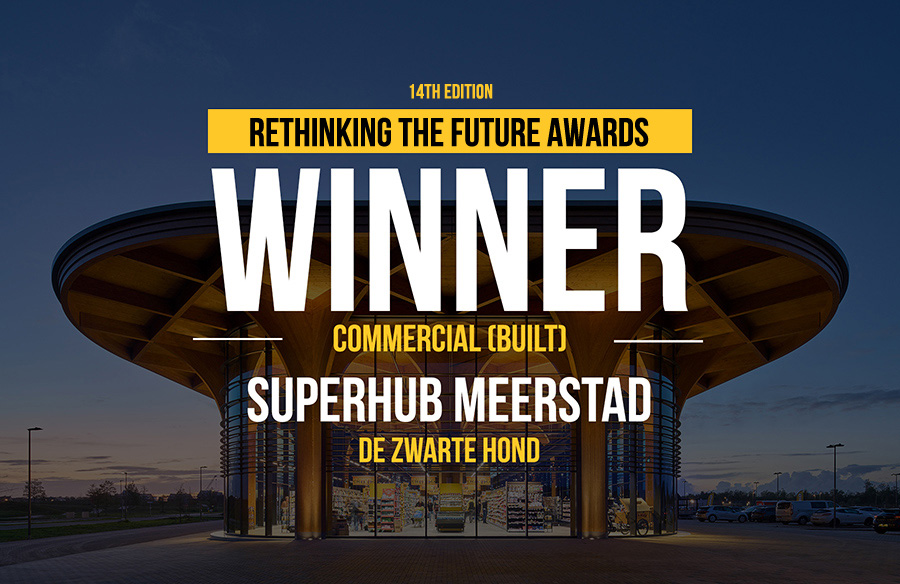Walden Pond State Reservation is a National Historic Landmark and protected open space along 330 acres. Over 500,000 people a year visit the pond and famed retreat of Henry David Thoreau. The surrounding towns of Concord and Lincoln are the fonts of American literature in the mid-nineteenth century, as well as the birthplace of the modern Conservation Movement in the US. The 6,000 square foot Walden Pond Visitor Center, completed in September 2016 at total cost of $6.5 million, was the result of a decades-long planning and implementation process, and the collaboration between the owner, design team and stakeholders, including the Walden Woods Project and The Thoreau Society.
Global Architecture & Design Awards 2018
Honorable Mention | Cultural (Concept)

| Project Details | |
| Architect: | Maryann Thompson |
| Team Members: | Maryann Thompson, Zac Cardwell |
| Country: | United States |
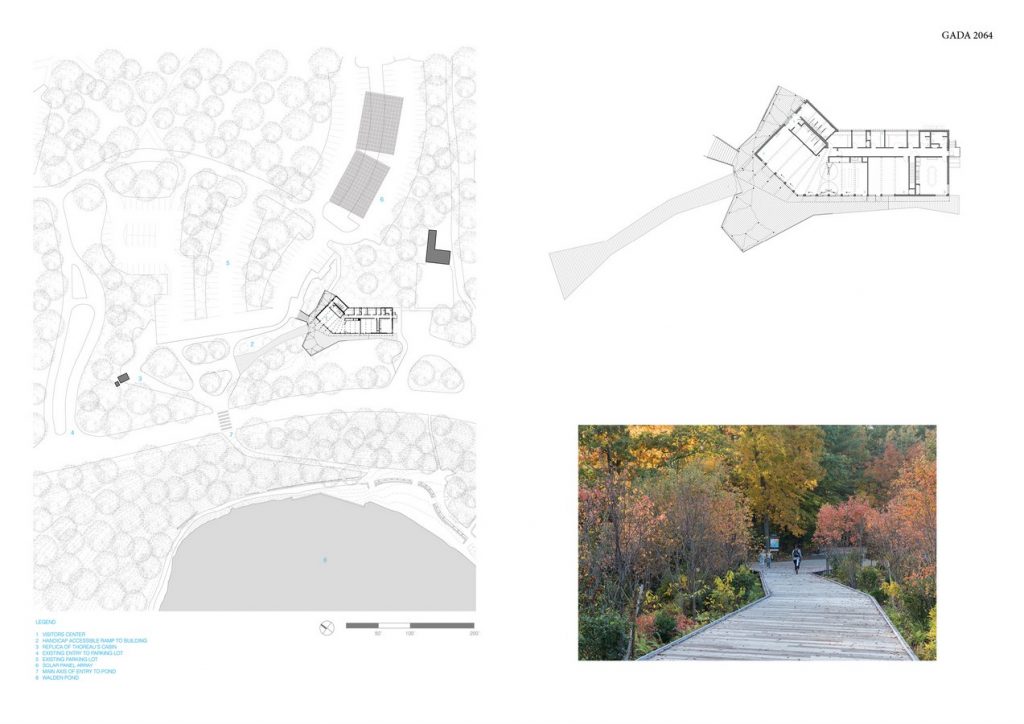
©Maryann Thompson Architects
The new Visitor Center interweaves with the landscape to emphasize Walden Pond. The Architects held the building off the central axis from the pond to the parking lot so that the Center takes a secondary position to the view of the pond. A meandering and accessible ramp draws the public up and onto the trellised deck. Nestled within existing trees and plantings, the project gives a sense of unfolding sequence and exploration. Exhibition spaces dedicated to the impact of Walden on the world, as well as a community meeting room, and staff offices, create a new hub.
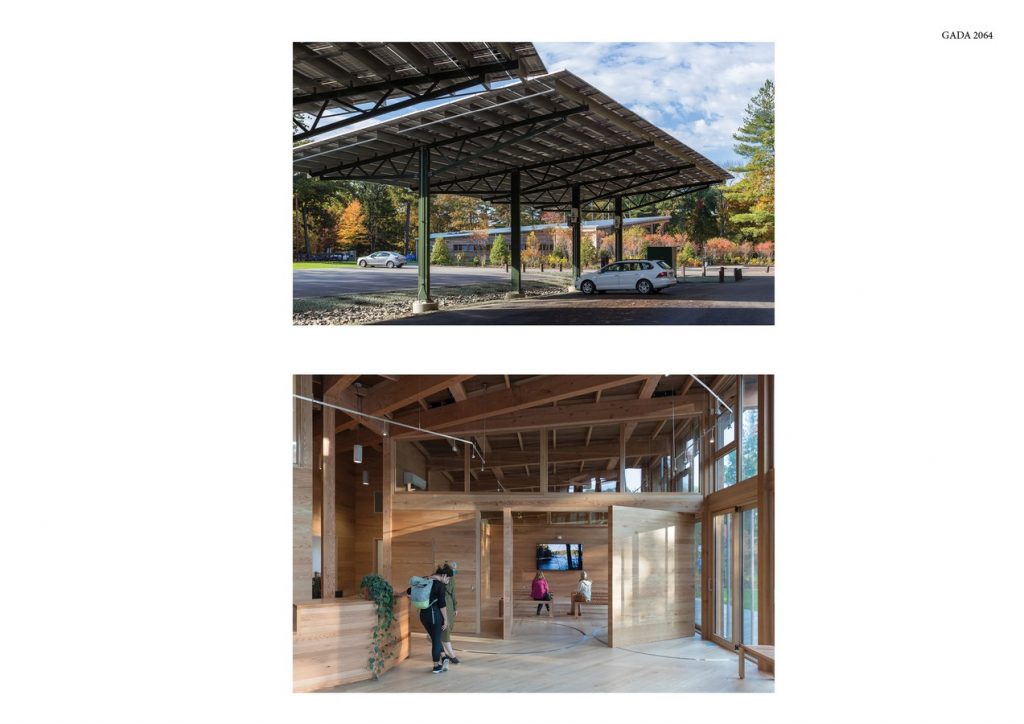
©Maryann Thompson Architects
Local context and site conditions informed the design strategy. The deck with black locust trellis members is clad with locally-sourced, heat-treated ash. Heat-treating wood is excellent for outdoor applications, and prevents the use of scarce rainforest woods such as Ipe. The project also used a portion of the former visitor center foundation, as part of an ethos of salvaging and saving. The office millwork was done in Massachusetts Red Oak harvested by the Park’s forestry team specifically for the Visitor Center.
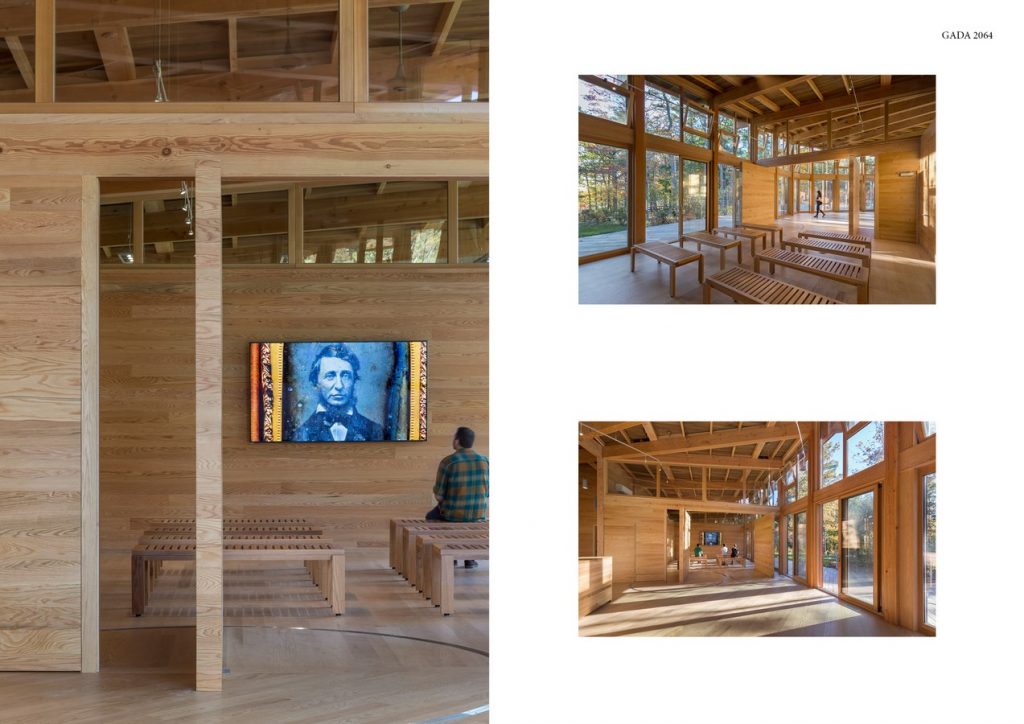
©Maryann Thompson Architects
The building is net-zero energy. PV solar array doubles as a shade structure over the parking lot and supplies all of the project energy needs. In winter, triple-pane windows and super insulation keeps the spaces at a comfortable temperature with little reliance on the energy-efficient electric heat pump system. In warmer months, the ample operable windows and ceiling fans create natural ventilation. Projecting timber overhangs work to reduce solar heat gain. As the structure and building components are visible and legible, visitors to the Center also have an interactive sense of the ecological building principles, which are contemporary expressions of the legacy of Henry David Thoreau and the American Conservation Movement.
- ©Maryann Thompson Architects
- ©Maryann Thompson Architects
- ©Maryann Thompson Architects
